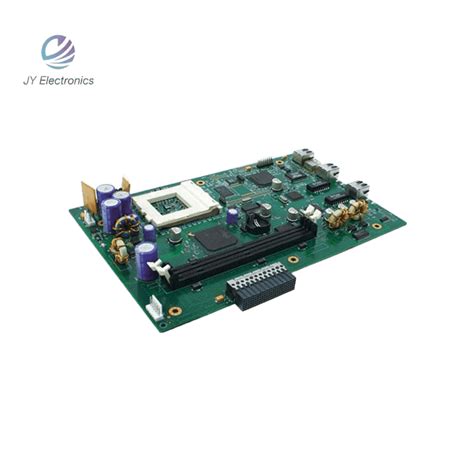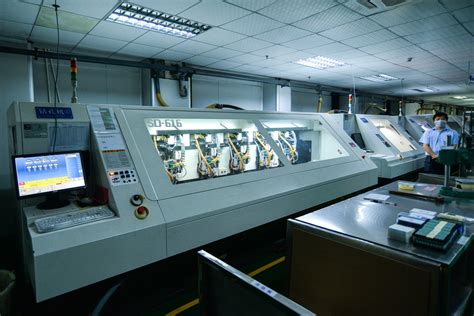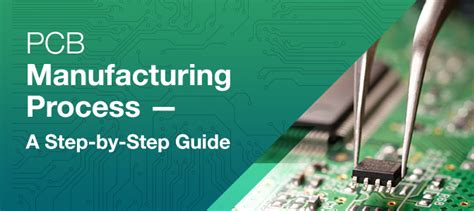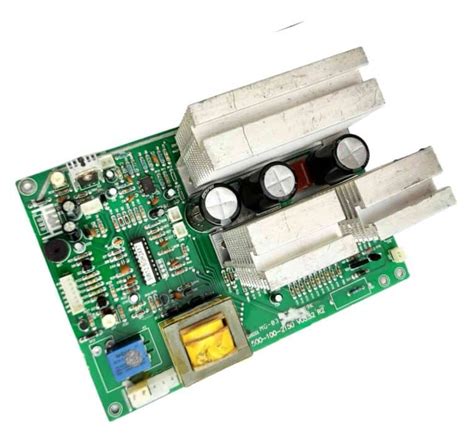Efficient Solutions for Short Run PCB Assembly

Key Takeaways
In the realm of PCB assembly, short run production offers distinct advantages that can significantly enhance the flexibility and responsiveness of electronics manufacturing. This approach is particularly beneficial for companies looking to prototype or produce limited quantities of PCBA without incurring the high costs typically associated with large-scale production runs. By opting for short run pcb assembly, businesses can test their product designs and gather valuable market feedback before committing to larger orders.
Furthermore, efficient coordination with PCB assembly partners is essential in optimizing the process. Collaboration can lead to innovative solutions that streamline production, reduce lead times, and maintain high standards in quality assurance. As technologies continue to evolve, firms engaging in short run pcb assembly should stay attuned to emerging trends such as automation and additive manufacturing, which promise to enhance efficiency and precision.
"Investing in a robust quality assurance process is not just a necessity; it’s an opportunity for differentiation in the competitive electronics marketplace."
To ensure that operations are cost-effective, businesses should explore strategic partnerships that share a commitment to excellence in pcba practices. As companies navigate the rapidly changing landscape of electronic components, leveraging both traditional techniques and modern innovations will be instrumental in sustaining success within short run PCB production.
Table 1: Key Benefits of Short Run PCB Assembly
| Benefit | Description |
|---|---|
| Reduced Time to Market | Quick turnaround facilitates faster product launches |
| Lower Initial Investment | Cost-effective option for limited production volumes |
| Flexibility | Ability to adapt designs based on market feedback |
| Quality Control | Focus on thorough testing processes leads to higher quality |
By embracing these strategies within the context of short run pcb assembly, organizations can effectively position themselves at the forefront of technological advancements while meeting customer demands efficiently.
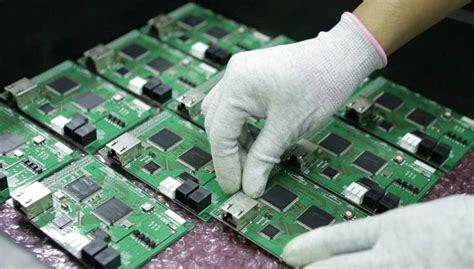
Introduction to Short Run PCB Assembly
In today’s fast-paced technological environment, short run PCB assembly plays a significant role in the development of electronic products. This approach enables companies to produce small volumes of printed circuit boards (PCBs) efficiently, catering to unique project requirements without the extensive overhead associated with large-scale production. Short run PCBA offers flexibility, allowing manufacturers to quickly adapt designs based on prototype testing or consumer feedback. With cost-effective strategies in place, businesses can minimize the financial burden while ensuring high-quality outputs. Furthermore, advancements in key technologies enhance the precision of PCB assembly, ensuring that even small batches maintain the same standards as their mass-produced counterparts. As interest in customized electronics grows, understanding the benefits of short run production will be crucial for firms aiming to remain competitive in a dynamic market.
Advantages of Short Run Production for Electronics
Short run pcb assembly offers a multitude of advantages that cater to the dynamic needs of the electronics market. One prominent benefit is the ability to quickly adapt to changing customer requirements. With shorter production runs, businesses can efficiently respond to feedback and modify designs without incurring significant costs, allowing for increased innovation and product diversity. Additionally, the lead time for pcba projects is greatly reduced, enabling companies to bring their products to market faster than traditional mass production methods would allow. This agility can be a crucial factor in maintaining a competitive edge in an industry characterized by rapid technological advancements.
Moreover, short run production often results in less waste during manufacturing. As smaller batches are produced, companies can minimize excess inventory and optimize materials usage, contributing positively to sustainability efforts. This approach also permits more effective testing and validation of product designs before full-scale manufacturing, ensuring higher quality outputs from the outset.
This flexibility can also lead to cost savings; pcb assembly for shorter runs typically involves lower setup costs and material expenses compared to larger batches. Businesses save not just on resources but also reduce financial risk by investing less upfront capital for new product introductions. In summary, leveraging short run production provides electronics manufacturers with efficient solutions that enhance flexibility, reduce waste, foster innovation, and mitigate risks—all vital in today’s fast-paced technology landscape.
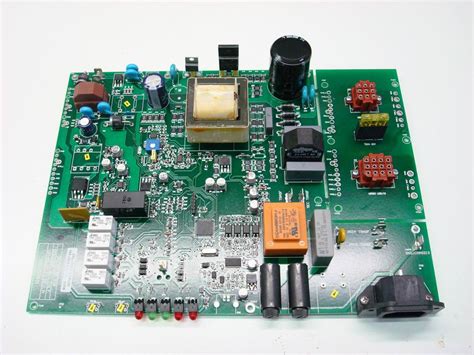
Key Technologies in Short Run PCB Assembly
In the realm of short run PCB assembly, various key technologies play a crucial role in optimizing the production process. One of the most significant developments is the adoption of advanced manufacturing techniques such as Surface Mount Technology (SMT). This method enhances pcb assembly efficiency by allowing for the placement of multiple components on a single side of the circuit board, which reduces assembly time and overall costs. Additionally, automated processes, like pick-and-place machines, have revolutionized pcba by improving accuracy and reducing human error during component placement.
Another vital technology is the use of high-precision software tools, which facilitate design for manufacturability (DFM) practices. These tools enable designers to create layouts that are not only functional but also easy to manufacture, thus streamlining the entire process. Furthermore, technologies such as laser soldering and selective soldering ensure high-quality connections that enhance durability and performance—a critical factor in producing reliable electronic devices.
Moreover, rapid prototyping has become increasingly integrated within short run PCB assembly processes. This technology allows for quick iterations and modifications to prototypes, enabling manufacturers to respond swiftly to market demands or design changes without incurring excessive costs. The integration of such cutting-edge solutions highlights how modern pcb assembly practices are evolving to meet both technological advancements and customer expectations efficiently.
In conclusion, embracing these key technologies in short run PCB assembly not only enhances production capabilities but also ensures that manufacturers can deliver high-quality products in a timely manner, thus maintaining a competitive edge in today’s fast-paced electronics industry.

Cost-Effective Strategies for PCB Fabrication
In the realm of PCB assembly, particularly for short run productions, implementing cost-effective strategies is essential to maintaining both quality and profitability. One of the primary approaches involves optimizing the design for manufacturability (DFM), which allows designers to create layouts that not only meet performance standards but also facilitate easier and more economical production. By analyzing the design early in the process, potential issues can be identified, minimizing costly reworks.
Additionally, selecting materials that balance performance and cost can have a substantial impact on overall spend. For instance, using standardized components instead of custom parts can reduce both lead times and expenses in the PCBA process. Moreover, embracing advanced technologies like automated soldering and pick-and-place machines can streamline operations, increasing output without sacrificing quality.
Another effective strategy lies in working closely with suppliers to negotiate bulk pricing on essential raw materials while ensuring flexibility in order quantities – this is particularly advantageous for short runs where demand may fluctuate. Furthermore, leveraging lean manufacturing principles allows for reduced waste and increased efficiency throughout the production cycle.
In conclusion, adopting these cost-effective strategies not only enhances productivity but also secures a competitive edge in the dynamic field of PCB assembly. With careful planning and collaboration across all stages of production, companies can achieve substantial cost reductions while delivering high-quality products to their customers.
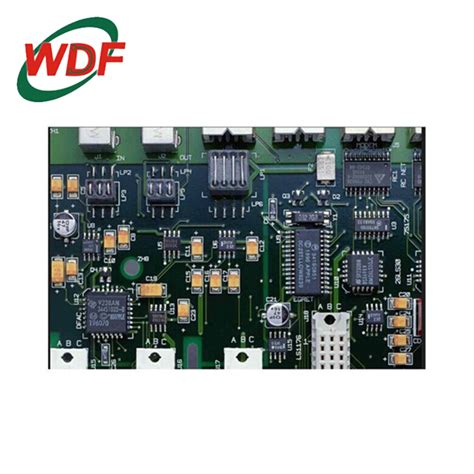
Future Trends in Short Run PCB Production
The landscape of short run PCB assembly is continually evolving, driven by advancements in technology and changing market demands. As industries embrace rapid innovation, the need for PCB assembly solutions that can keep pace with shorter product lifecycles and increasing customization is paramount. One of the notable trends is the increased adoption of automated processes in PCBA, which enhances efficiency and minimizes human error. Furthermore, the rise of low-volume production is encouraging manufacturers to invest in advanced machinery that can quickly adapt to various designs and specifications without substantial downtimes.
Another significant trend is the emphasis on sustainability in short run PCB production. Companies are increasingly seeking eco-friendly materials and processes that reduce waste and promote recycling, aligning their operations with global environmental efforts. In tandem with this, we see an increase in digital technologies such as machine learning and AI, which optimize production schedules and enhance quality control measures, ensuring that every unit produced meets stringent industry standards.
Additionally, as global supply chains become more complex, having local PCBA partners has gained importance. This shift not only reduces lead times but also allows for greater flexibility in addressing unforeseen challenges that may arise during production. The future of short run PCB assembly appears bright as it adapts to these trends while laying the foundation for more innovative and efficient manufacturing solutions that meet diverse customer needs effectively.

Conclusion: Navigating the Short Run PCB Landscape
Navigating the complexities of short run PCB assembly requires a keen understanding of the unique challenges and opportunities it presents. The demand for PCBA solutions tailored for low-volume production is on the rise, driven by industries seeking to innovate without committing to large-scale manufacturing. Understanding the intricacies of short run PCB production enables companies to leverage its advantages, such as reduced lead times and enhanced flexibility. Key factors such as selecting appropriate materials, precision in assembly processes, and rigorous quality assurance measures play critical roles in ensuring that each pcb assembly meets stringent performance standards. Additionally, evolving technologies are making it increasingly feasible to balance high quality with cost efficiency in these projects. As the landscape continues to evolve, companies that can successfully adapt and implement cost-effective strategies for their PCB fabrication processes will be well-positioned to capitalize on emerging trends and technologies. Engaging a knowledgeable partner with expertise in short run PCBA can further streamline operations, ensuring timely delivery while maintaining exceptional quality throughout the production cycle. Overall, a thorough grasp of these dynamics will empower businesses to navigate the ever-changing terrain of short run PCB assembly, allowing them to stay competitive and respond swiftly to market demands.
Conclusion: Navigating the Short Run PCB Landscape
In the rapidly evolving world of electronics, short run PCB assembly offers manufacturers a powerful solution to meet diverse production needs. As companies strive for agility and adaptability, the advantages of PCBA processes become increasingly evident. By focusing on small batch sizes, organizations can significantly reduce waste and respond quickly to market demands, enhancing their overall competitive edge. The integration of advanced technologies such as automated pcb assembly systems allows for efficient production cycles while ensuring high precision and quality standards. Furthermore, cost-effective strategies not only streamline manufacturing but also elevate end-product quality, reaffirming the importance of investing in skilled partners who understand the intricacies of short run production. As we look ahead, staying attuned to future trends in PCB assembly will be crucial for companies aiming to enhance their operational efficiencies and deliver superior results in a dynamic marketplace. In summary, navigating the landscape of short run PCBA requires a blend of innovation, collaboration, and a relentless commitment to quality that will ultimately shape the future of electronic manufacturing.
FAQs
What is short run PCB assembly?
Short run PCB assembly refers to the production of printed circuit boards (PCBs) in smaller quantities, often for testing or prototyping purposes. This approach is beneficial for electronic manufacturers who need rapid iterations without committing to large production runs.
What are the advantages of short run PCB assembly?
The primary advantages include reduced costs, quicker turnaround times, and the ability to test designs before full-scale production. Short run PCBA allows companies to streamline their development process and adapt to changing market demands.
How does quality assurance work in short run PCB assembly?
Quality assurance in short run PCB assembly involves rigorous testing protocols and inspection processes that ensure each board meets specified performance standards. This includes visual inspections, automated optical inspections, and functional testing.
What technologies are key in short run PCB assembly?
Key technologies include surface-mount technology (SMT) and through-hole technology, both of which are utilized for efficient PCBA. Advanced machinery and software systems also play a crucial role in enhancing precision and minimizing errors.
How can companies choose the right partner for PCB assembly?
To choose the right partner for PCB assembly, look for experience, quality certifications (such as ISO), technological capabilities, and customer reviews. Finding a partner that aligns with your specific needs can significantly impact the success of your projects.



